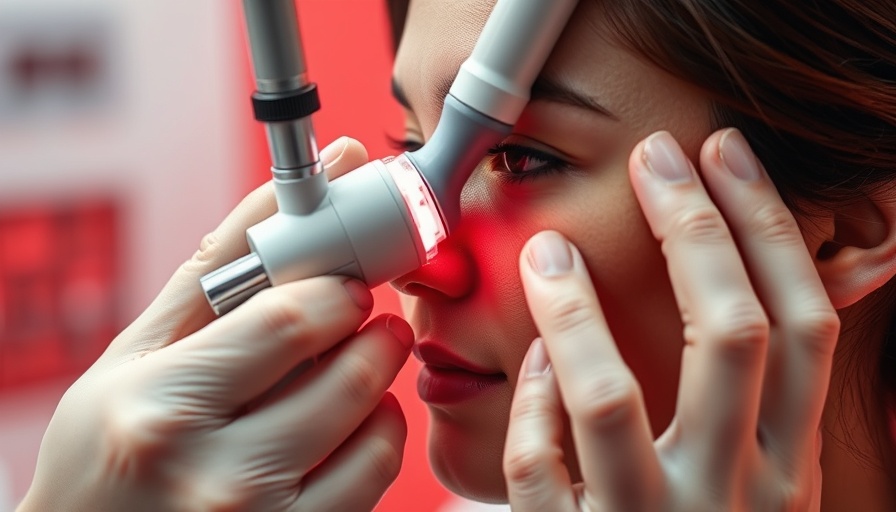
Understanding the Recent Trends in Dermatological Surgeries
As we look back on dermatology's evolving landscape, recent statistics reveal a concerning trend: basal cell carcinoma (BCC) surgeries have decreased by 32.5% amidst the COVID-19 pandemic. This decline, particularly among older patients with more comorbidities, raises critical questions about access to care during and after the pandemic. Patients may have avoided necessary procedures due to fear of infection or complications related to hospital visits, highlighting the complexities of healthcare accessibility.
The Promise of Icotrokinra for Adolescents
On a more optimistic note, recent studies have highlighted Icotrokinra as a groundbreaking treatment for adolescents suffering from moderate to severe plaque psoriasis. This therapy demonstrates impressive skin clearance rates and a strong safety profile. As dermatologists seek effective treatments for younger patients, Icotrokinra could mean better quality of life and fewer emotional burdens for many teenagers.
Addressing Body Dysmorphic Disorder in Aesthetic Dermatology
In aesthetic dermatology, a surprising figure has emerged. A study indicates that 24% of patients undergoing plastic surgery exhibit signs of body dysmorphic disorder (BDD). This statistic underscores the necessity for dermatologists to incorporate thorough psychological evaluations into their practices. Understanding the mental health aspects of dermatology can not only improve patient care but also provide insights into why certain aesthetic choices are made.
Technology Innovation: Haut.AI and the Emerging SkinGPT Tool
The intersection of technology and skincare is crucial for an industry that thrives on evidence-based practices. Haut.AI introduced SkinGPT, a tool designed to foster inclusive discussions on skincare products. This innovative platform promotes realistic conversations, challenging long-held myths about beauty standards while aligning with a diverse range of skin types.
Merging Forces: New Developments in Molluscum Contagiosum Treatment
In a significant move, Channel Therapeutics is merging with Pelthos Therapeutics to propel forward the launch of Zelsuvmi, the first at-home treatment for molluscum contagiosum. This merger signals a shift towards more accessible and patient-centered dermatological care, demonstrating how collaboration can lead to innovative treatment options in dermatology.
The Role of Dupilumab in Chronic Spontaneous Urticaria Treatment
With the FDA weighing in on Dupilumab’s potential approval for treating chronic spontaneous urticaria (CSU), the prospects of numerous therapeutic options loom large. This could redefine treatment paradigms for patients who previously found little relief. The diversification of treatment plans reflects an important move toward tailoring prescriptions to individual patient needs, ensuring fewer people are left without options.
Insights from the AAD 2025 Conference
The recent AAD 2025 conference has provided essential insights into the future of dermatology. Experts from across the field converged to share data-driven conclusions and breakthroughs that will likely shape the industry for years to come. Attendees gained access to knowledge that could enhance everyday practices, from innovative therapeutic strategies to effective patient management techniques.
As we continue to navigate these evolving trends in dermatology, it remains vital for patients to stay informed about the latest developments. The necessity for timely surgeries, understanding mental health in aesthetics, and ensuring accessible treatments signify a progressive movement within the field, focused on comprehensive patient care.
In the world of skincare, with technology leading the charge, those skeptical about the perks of advanced treatments and dialogue platforms like SkinGPT should reconsider. This is a pivotal moment for patients and providers alike, bridging the gaps that often exist between innovation and application.
If you wish to follow the latest trends in skincare and innovations in dermatology, consider subscribing to Dermatology Times for regular updates on emerging therapies and industry insights.
 Add Row
Add Row  Add
Add 




Write A Comment